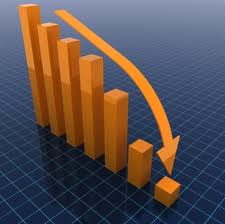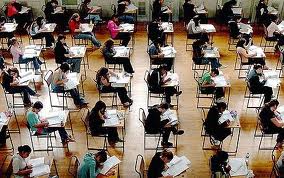With a 20.9 composite average, the 2013 ACT scores are the lowest they’ve been in five years, with the biggest drops occurring in the English and reading sections, reports InsideHigher Ed.
“The high school class of 2013’s composite average is down 0.2 points from 21.1 last year, and English and reading scores (averaging 20.2 and 21.1) are down 0.3 and 0.2 points, respectively.
“The diversity of students in the pool continues to grow, which is a good thing. The aspirations of those students continues to rise, which is a good thing,” ACT President Jon Erickson said. “But the performance of the students still leaves something to be desired.”
“More students are taking the exam — some of whom are required by schools to do so but have no collegiate aspirations — which accounts in part for the lower scores, Erickson said. ACT also made some logistical changes this year: updating the reading and science benchmarks, and including scores of students who were accommodated with extra time.“I’m kind of looking at this as a new normal,” he said, “a new baseline.”
“The score decline in composite average as well as for each individual benchmark — English, reading, mathematics and science – was steeper among students who did not complete a high school core curriculum comprising four years of English and three years of each other benchmark subject. Twenty-six percent of tested students – one percentage point higher than last year – met all four subject benchmarks, which indicate a 50 percent chance of making a B grade or 75 percent chance of a C grade in corresponding college courses. The majority of students (64 percent) met the English benchmark, while 44 percent met reading and/or math benchmarks and 36 percent made it in science.”
Read more: http://www.insidehighered.com/news/2013/08/21/act-scores-fall-lowest-level-five-years#ixzz2clvatvAm
Inside Higher Ed

